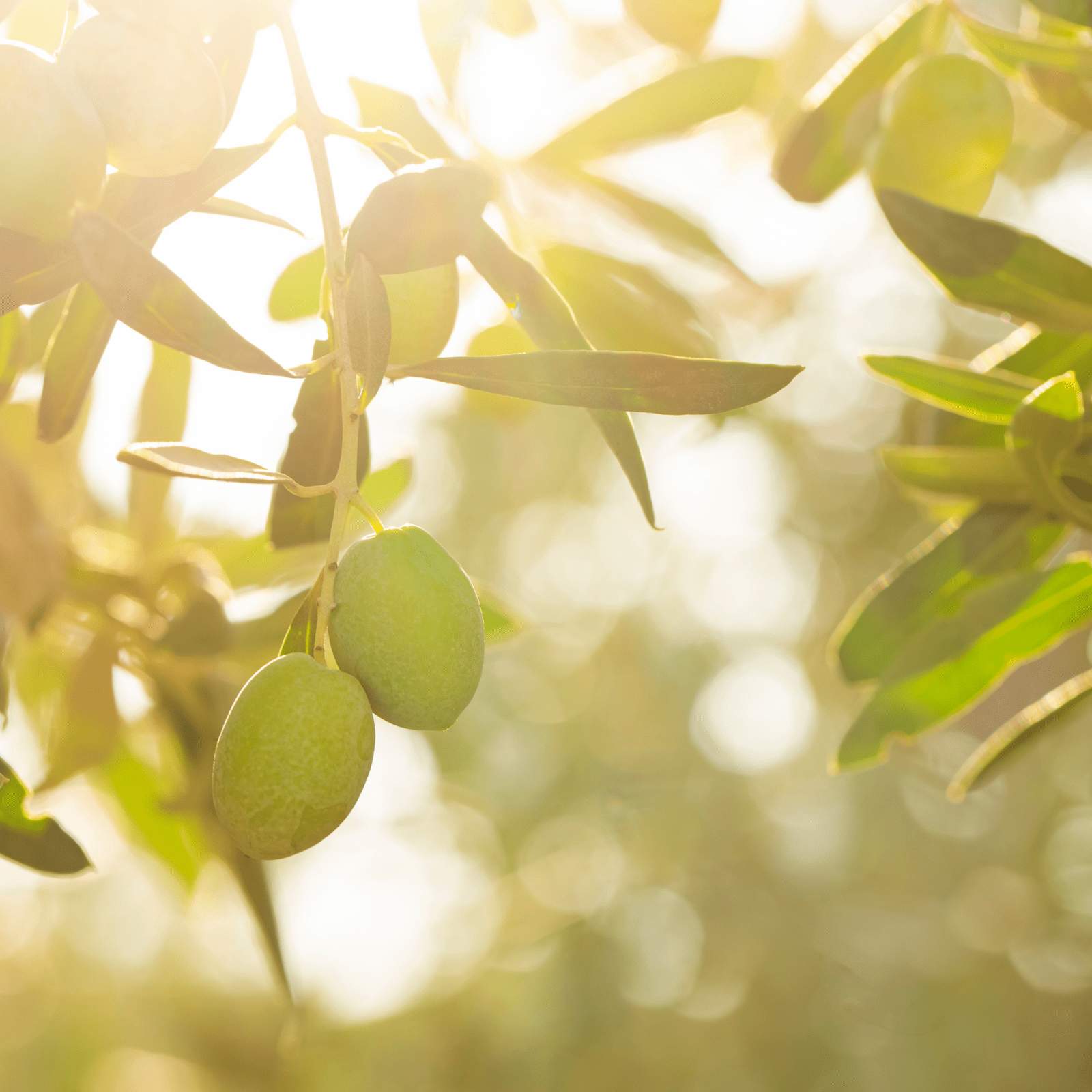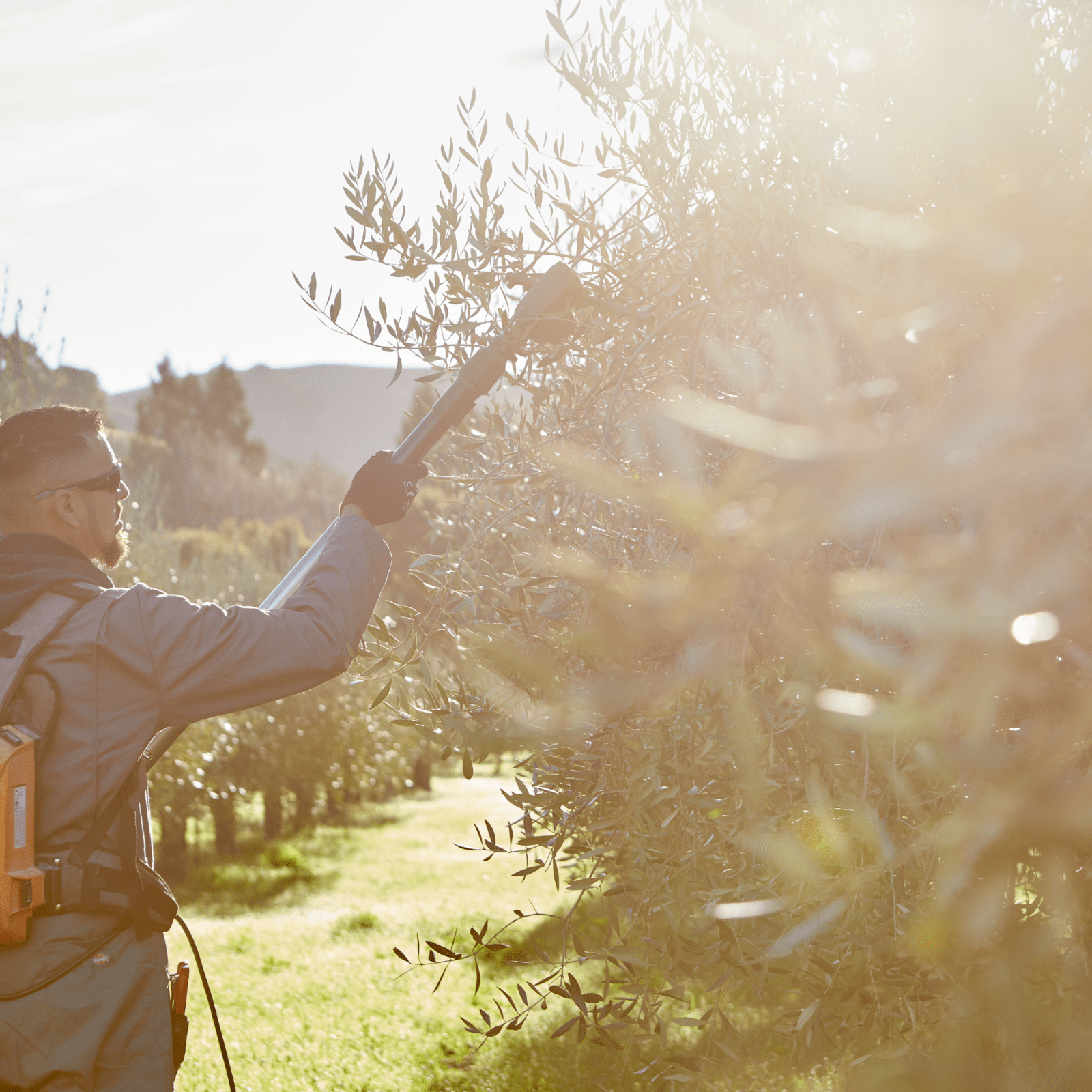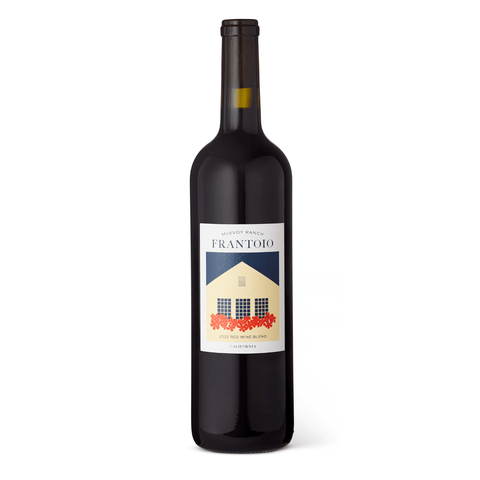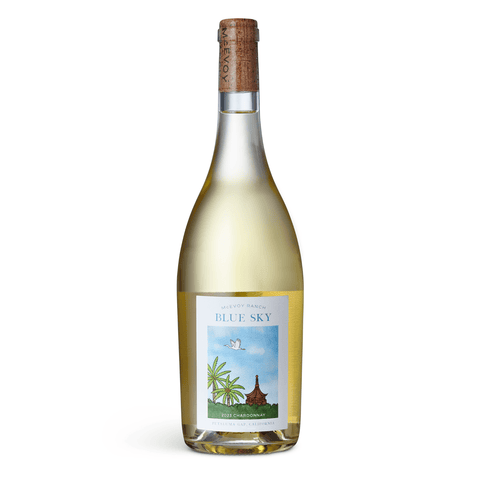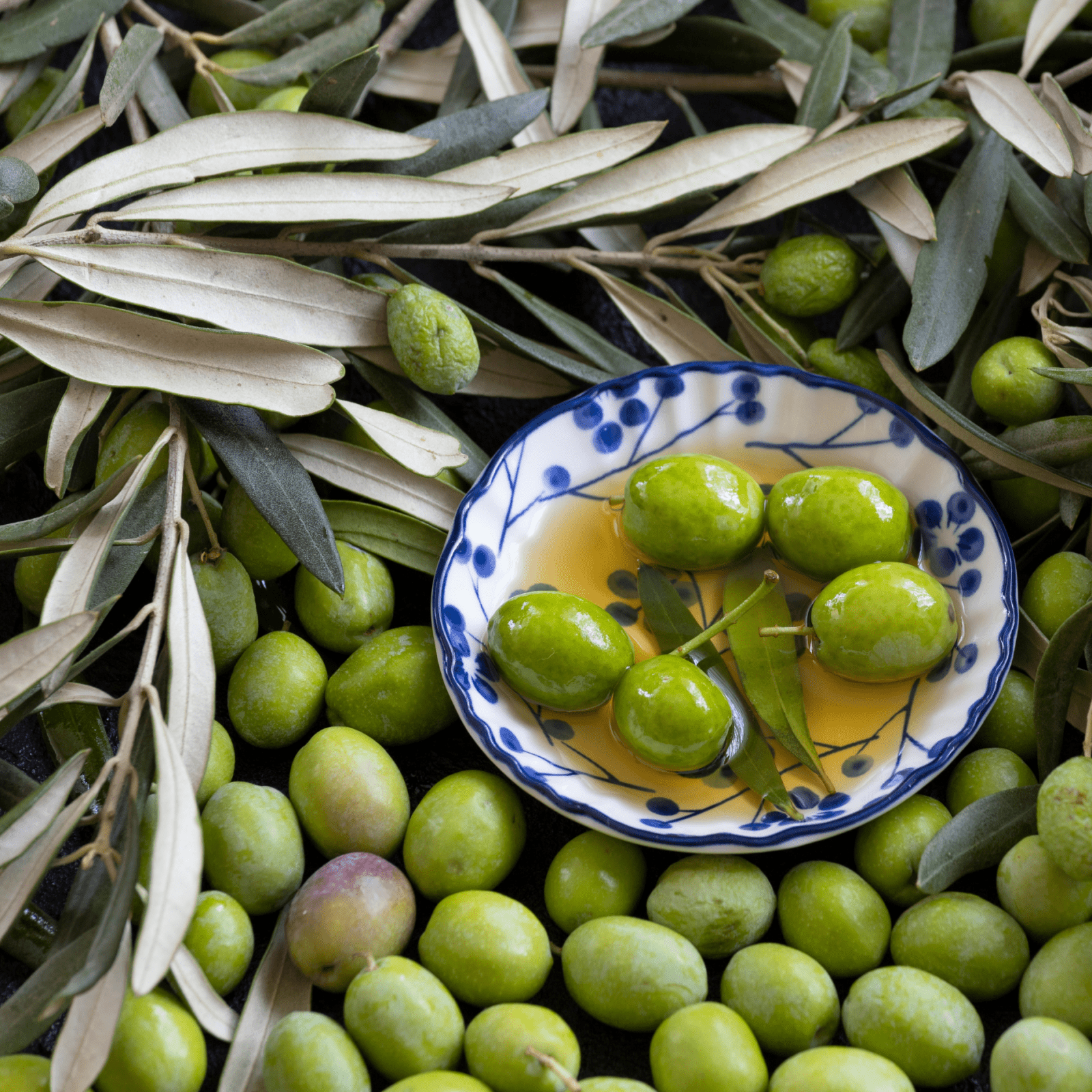
Understanding Polyphenol Counts in Extra Virgin Olive Oil: A Guide
Polyphenols are powerful antioxidants found naturally in olive oil, especially in extra virgin varieties. They help protect against oxidative stress and contribute to various health benefits. Factors such as olive variety, harvest timing, and production methods can influence polyphenol levels.
At McEvoy Ranch, we’ve spent over three decades producing high-quality extra virgin olive oil (EVOO) known for its rich flavor and high polyphenol content. In this article, we’ll explore what polyphenols are, their health benefits, and their role in olive oil.
Key Takeaways
-
Extra virgin olive oil has the highest polyphenol levels of all eating oils
-
Polyphenol content varies based on several factors
-
High-polyphenol oils may offer more health benefits
-
Daily consumption may improve heart health
-
Proper storage helps preserve polyphenol levels
Understanding Polyphenols in Olive Oil
Olive oil is celebrated not only for its culinary versatility but also for its impressive health benefits, attributed in part to its polyphenol content.
These powerful compounds are central to the oil's superior nutritional profile and to its taste. Let’s explore further what polyphenols are, how they impact olive oil, and why they are crucial for your health.
What are Polyphenols?
Polyphenols are naturally occurring compounds found in a variety of plants, including fruits, vegetables, teas, coffee, and olives. These compounds act as powerful antioxidants, helping to protect your body from oxidative stress caused by free radicals, which can damage cells and contribute to aging and various diseases.
In the context of olive oil, polyphenols are particularly abundant, especially in extra virgin olive oil (EVOO), the highest-quality grade of olive oil. In olive oil, there are over 30 different types of polyphenols, each with unique properties and health benefits. Some of the most notable polyphenols include:
-
Oleuropein: A key polyphenol, oleuropein contributes to the oil’s bitter taste and offers strong antioxidant and anti-inflammatory benefits, as well as potential heart-protective effects.
-
Hydroxytyrosol and its derivatives: Some of the most potent antioxidants found in olive oil, hydroxytyrosol and its derivatives are known for their anti-inflammatory properties and their ability to protect cells from oxidative damage.
-
Oleocanthal: This compound is responsible for the peppery, throat-tingling sensation you might experience when tasting fresh, high-quality olive oil. Oleocanthal has anti-inflammatory effects similar to ibuprofen and is thought to help reduce the risk of chronic inflammatory diseases.
Role of Polyphenols in Olive oil Quality
The amount of polyphenols in olive oil varies greatly. These compounds help keep the oil fresh and stable, and are full of antioxidants. Oils with more polyphenols tend to stay fresh longer and are better at fighting oxidation.
Polyphenols in olive oil are good for your health. They can lower the risk of heart disease, help with cholesterol levels, and support brain health. Some studies show eating at least 4 tablespoons of olive oil a day could cut heart disease risk by 30%.
When picking olive oil, choose ones with high polyphenol levels. Early harvest oils and certain types like Mission, Coratina, Picual and Koroneiki tend to have more polyphenols. Through picking polyphenol-rich olive oil, you're getting great taste and health benefits.
Typical Polyphenol Levels in Extra Virgin Olive Oil
Extra virgin olive oil is packed with polyphenols. These compounds can be found in amounts from 50 to 1000 parts per million (ppm).High-polyphenol olive oil usually has more than 250 mg/kg.
Factors Affecting Polyphenol Concentration
Many things affect the polyphenol levels in olive oil:
-
Olive variety: Some olives, like Coratina and Koroneiki, have more polyphenols.
-
Harvest time: Olives picked early tend to make oils with more polyphenols.
-
Production methods: The way olives are extracted affects polyphenol levels.
-
Climate: The environment where olives grow can affect polyphenol levels.
Average Polyphenol Count in Commercial Olive Oils
Most commercial extra virgin olive oils have 100-250 mg/kg of polyphenols. Oils considered high-polyphenol might have over 300 mg/kg. The European Food Safety Authority says olive oil needs at least 5 mg of hydroxytyrosol and its derivatives per 20 g to carry EFSA’s qualified health claim.
When buying olive oil, choose one with a peppery and bitter taste for more polyphenols. Fresh oils from the latest harvest are best for nutrition. Polyphenols are most abundant right after processing and decrease over time. So, although it can remain good for over two years, it's best to use your oil within 18 months of harvest for maximum health benefit.
How to Measure Polyphenol Content in Olive Oil
Measuring the polyphenol content in olive oil is crucial for assessing its quality, flavor, and health benefits. As polyphenols are the compounds that give olive oil its antioxidant properties, determining their concentration can help identify oils with superior nutritional value.
While there are both home and lab methods for evaluating polyphenol levels, they vary in accuracy and sophistication.
Home Testing Methods
While professional lab tests are the most reliable way to measure polyphenol content, there are a few simple methods you can try at home to get a general sense of the oil's polyphenol levels. Keep in mind that these methods are not scientifically precise, but they can give you a basic indication of the oil's polyphenol content.
-
Taste Test: One of the easiest ways to estimate the polyphenol content is through a sensory evaluation. Polyphenols are responsible for the bitterness and pungency in olive oil, particularly in extra virgin varieties.
To conduct a taste test:
-
Take a small sip of the olive oil and let it coat your mouth.
-
Pay attention to the bitterness on your palate—higher polyphenol content will often produce a more pronounced bitter flavor.
-
Swallow a small amount of the oil and notice any peppery sensation or tingling in the throat, which is a sign of oleocanthal, one of the key polyphenols in olive oil. The stronger the sensation, the higher the likelihood of elevated polyphenol content.
While this method is subjective and doesn't provide a precise measurement, it offers a quick and accessible way to assess whether the oil is likely rich in polyphenols.
-
Maturity and Freshness Check: Though not a direct measure of polyphenols, fresher olive oils tend to have higher polyphenol levels. Look for oils that come from early-harvest olives, which are typically richer in polyphenols and have a robust flavor.
Over time, polyphenols degrade, so oils that are dull and lacking in flavor may have lower polyphenol content.
Lab Testing and Certifications
For exact results, you need professional lab testing. The official method is High-Performance Liquid Chromatography (HPLC) analysis. This method identifies and measures the polyphenols in olive oil samples. There are multiple other methods of analysis that measure either antioxidant capacity or polyphenols directly and these will result in very different numbers. Polyphenol content claims should be taken with a grain of salt.
The only legally binding certification on polyphenol content is that from EFSA.
Does Olive Oil Lose Polyphenols Over Time?
Olive oil goes through oxidation, which changes its antioxidant levels over time. Polyphenols, important for health benefits, decrease as the oil gets older. This change affects the oil's flavor and potential health benefits.
Shelf Life Impact on Polyphenol Levels
How olive oil is stored plays a crucial role in maintaining its polyphenol content, which directly affects both its health benefits and flavor profile. Over time, exposure to light, heat, and air can significantly reduce the concentration of polyphenols in the oil, leading to a loss of its antioxidant potency and characteristic taste.
Polyphenol Degradation Over Time
Polyphenol levels decrease during storage. This degradation is affected by environmental factors:
-
Light: Direct exposure to sunlight or even indoor lighting accelerates the oxidation of olive oil. This is why olive oil is often sold in dark glass bottles, which helps to block out harmful UV rays and slow down the degradation process.
-
Heat: Storing olive oil in warm environments can also cause polyphenol levels to drop faster. The ideal storage temperature for preserving the oil’s quality is between 57°F and 70°F (14°C and 21°C). Higher temperatures can accelerate the oil’s oxidation, which not only diminishes the polyphenol content but also affects the oil’s freshness and flavor.
Proper Storage to Preserve Polyphenols
Right storage keeps olive oil fresh and its antioxidants more stable. Use dark glass or stainless steel containers to shield it from light. Keep it in a cool spot, away from heat and air, to slow oxidation. These steps help preserve polyphenols and extend the oil's life.
-
Use dark glass or stainless steel containers
-
Store in a cool, dark place
-
Keep away from heat sources
-
Consume within 12-18 months of harvest for optimal freshness
Knowing how to preserve polyphenols and using proper storage can boost the health benefits and taste of your olive oil.
How Polyphenol Levels Vary by Region
Olive oils from different places can have differing polyphenol levels. These levels are shaped by how the olives are grown and the climate of the region they come from.
Climate and Harvesting Influences
California, with its Mediterranean-like climate, also serves as an ideal location for producing high-polyphenol olive oils. Warm days and cool nights, abundant sunshine, and dry summers create an optimal environment for olive trees to thrive and concentrate polyphenols in their fruit.
Harvesting early and processing quickly helps preserve the polyphenols in the oil. Things like altitude, water use, olive cultivar(s), and how the oil is pressed all affect its polyphenol levels.
Knowing these differences can help you pick olive oils with the right polyphenol levels for your health and cooking needs.
Final Thoughts
Learning about polyphenols in olive oil may help you make better health choices. Look for olive oils with recent harvest dates and good production methods for more polyphenols. These oils are packed with health benefits, like lowering heart disease risk and boosting brain function.
Storing olive oil right keeps its polyphenols safe. Keep it cool and dark, away from heat. Adding high-quality, polyphenol-rich olive oil to your meals is a simple way to improve your health. It may even lower the risk of chronic diseases.
FAQ
What are polyphenols?
Polyphenols are compounds found in plants, like in olive oil. They protect cells from damage by acting as antioxidants. In olive oil, there are over 30 types of polyphenols, including hydroxytyrosol, oleocanthal, and oleuropein.
What role do polyphenols play in olive oil? ?
Polyphenols are an important part of olive oil's flavor and nutritional value. They affect its taste, and health benefits. They also help keep the oil fresh and nutritious. Part of the strong taste of a robust extra virgin olive oil comes from its polyphenols.
What factors affect polyphenol concentration in olive oil?
Many things can change how much polyphenol is in olive oil. The type of olive, when it's harvested, the climate, and how the oil is made all matter. Olives picked early have oils with more polyphenols. Some olive types, like Coratina, Mission, and Koroneiki, naturally have a lot of polyphenols.
What is the average polyphenol count in commercial olive oils?
Most commercial extra virgin olive oils have 100-250 mg/kg of polyphenols. Some have even more than 300 mg/kg. The European Food Safety Authority says olive oil should have at least 5 mg of hydroxytyrosol and its derivatives per 20 g to be eligible to carry the EFSA health claim.
How can I assess polyphenol content in olive oil at home?
At home, you can test olive oil by tasting its bitterness and pungency. These flavors mean it has more polyphenols. For more exact numbers, you need a lab test.
Certified Organic
By CCOF
Sustainably Produced
At Our Ranch
Early Harvested
High Polyphenols
Award Winning
Extra Virgin Olive Oil
